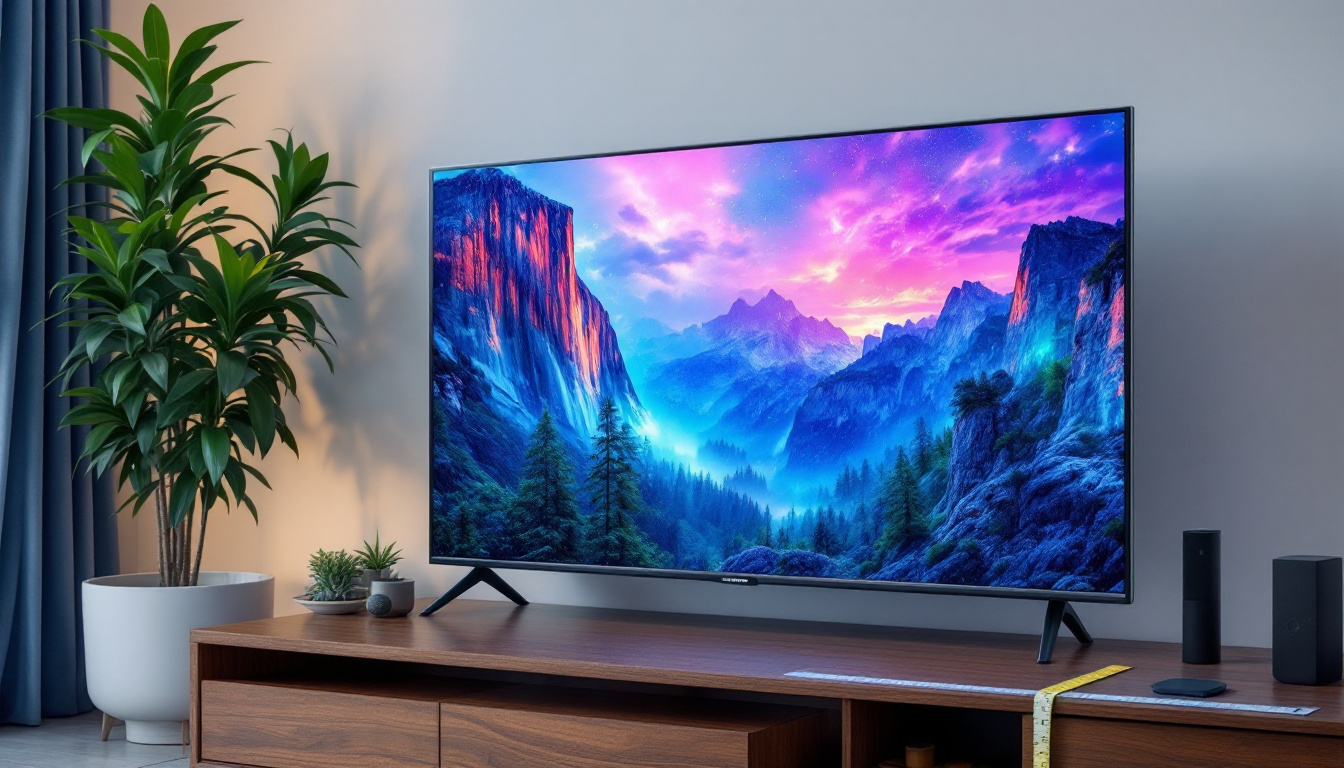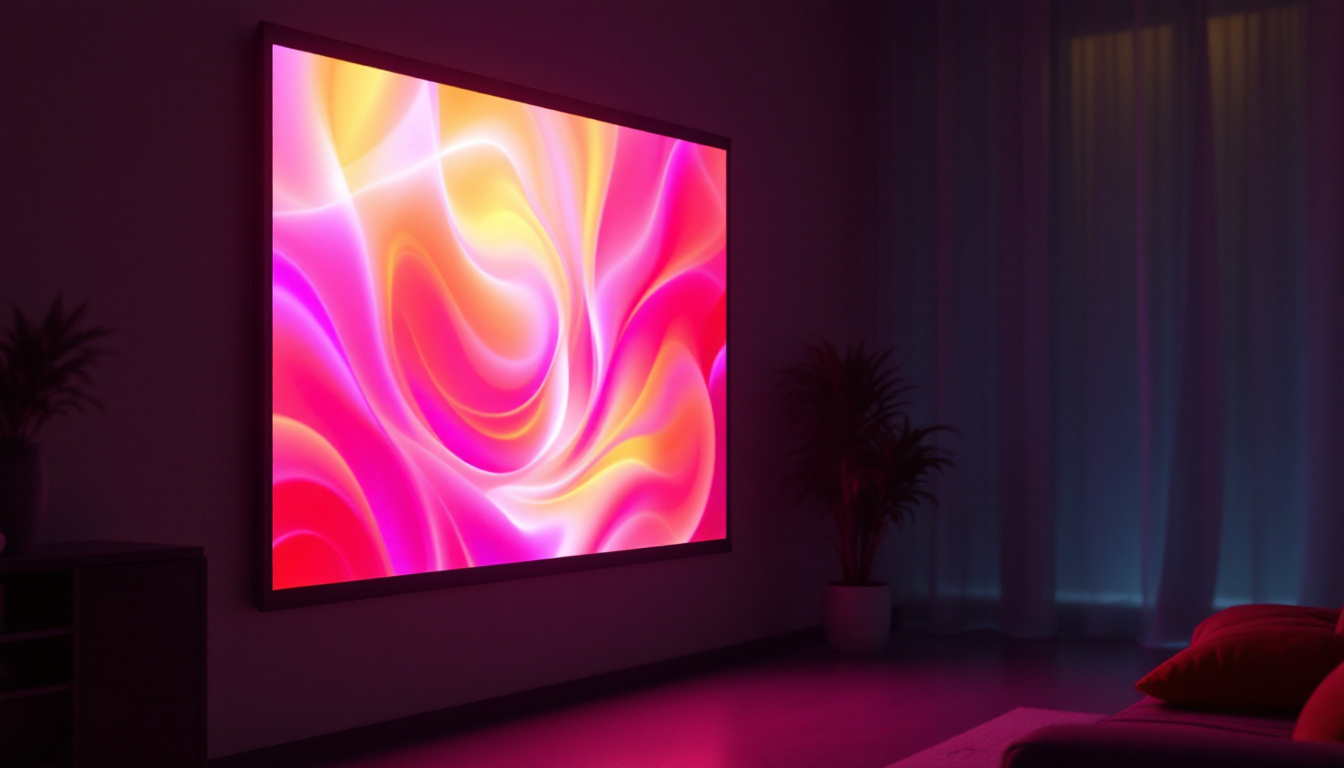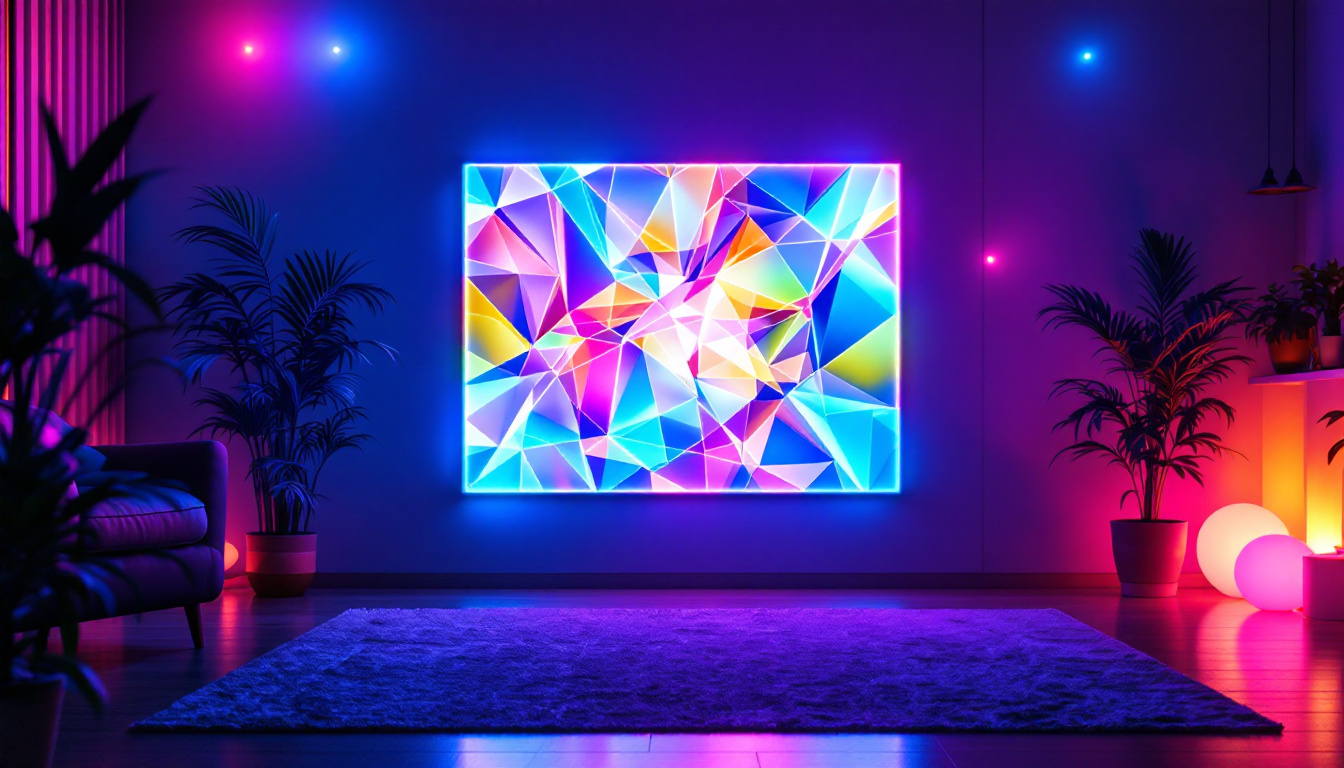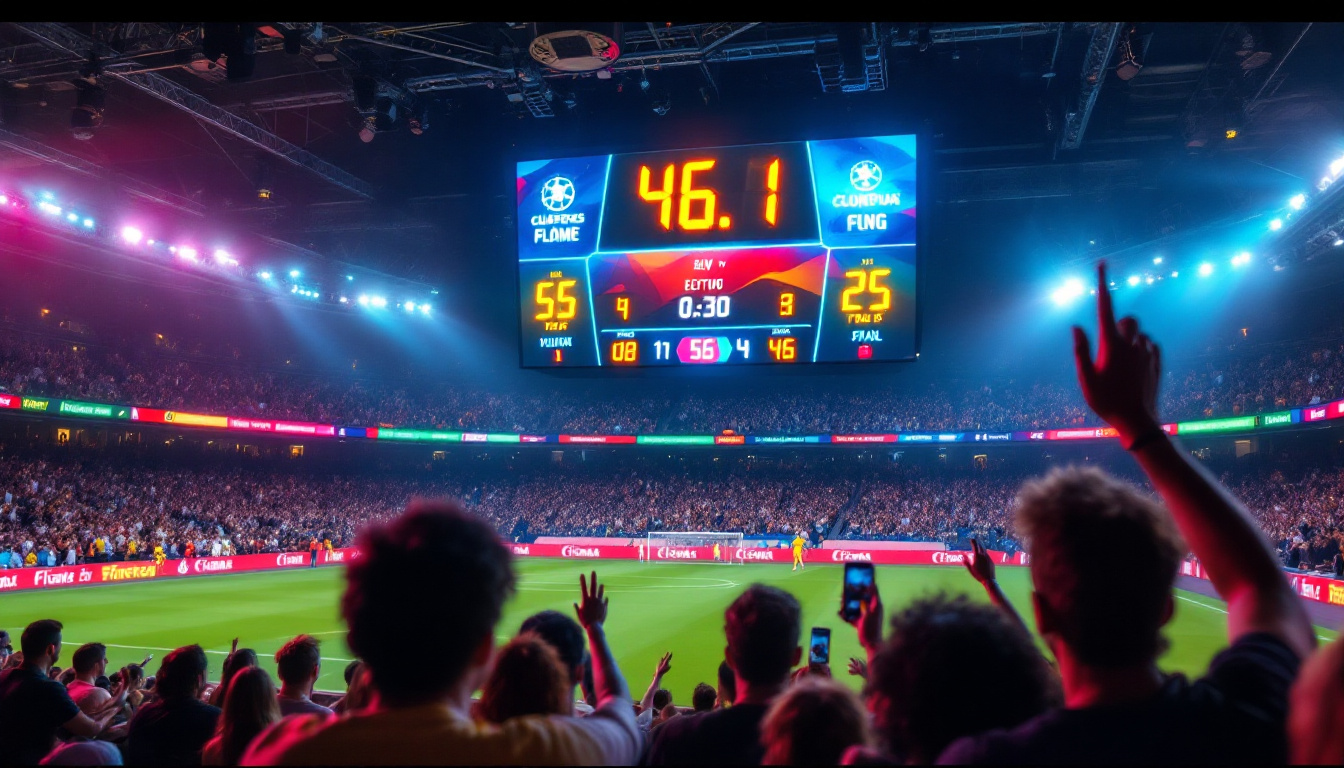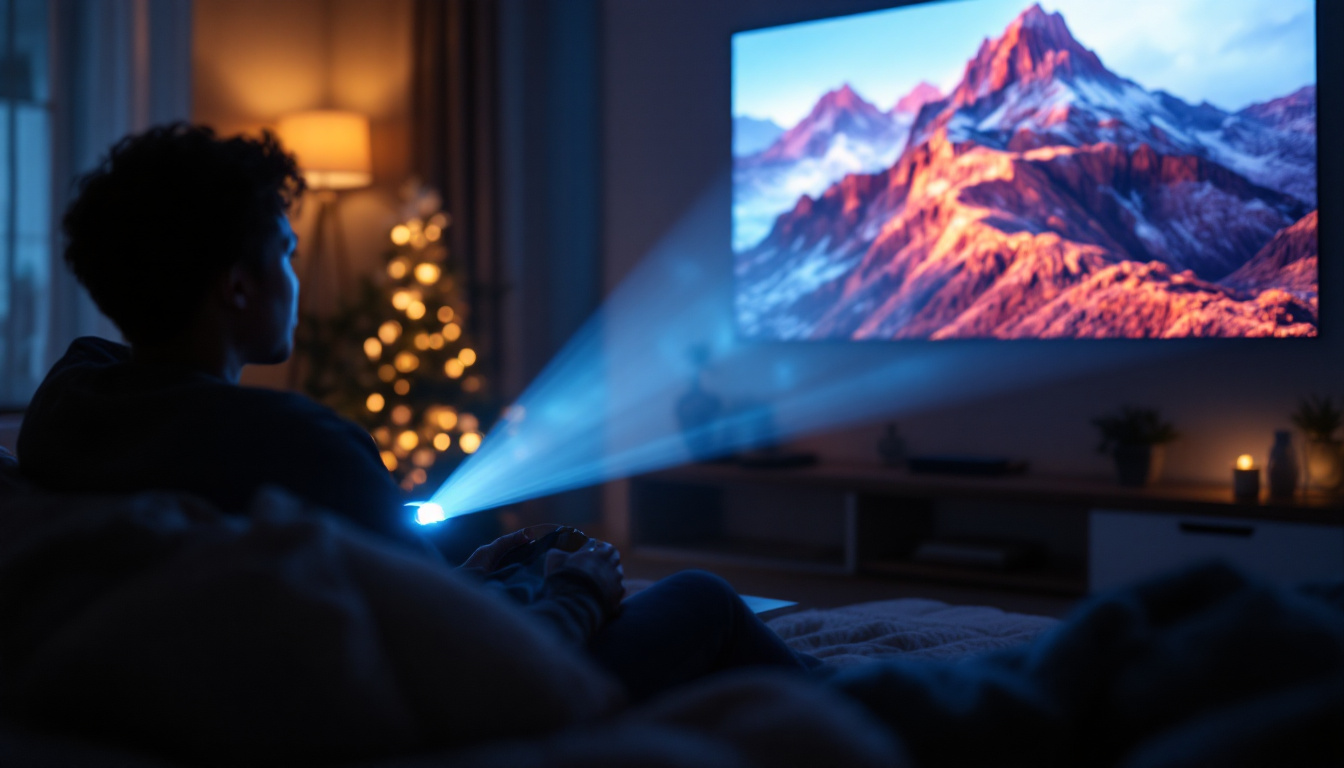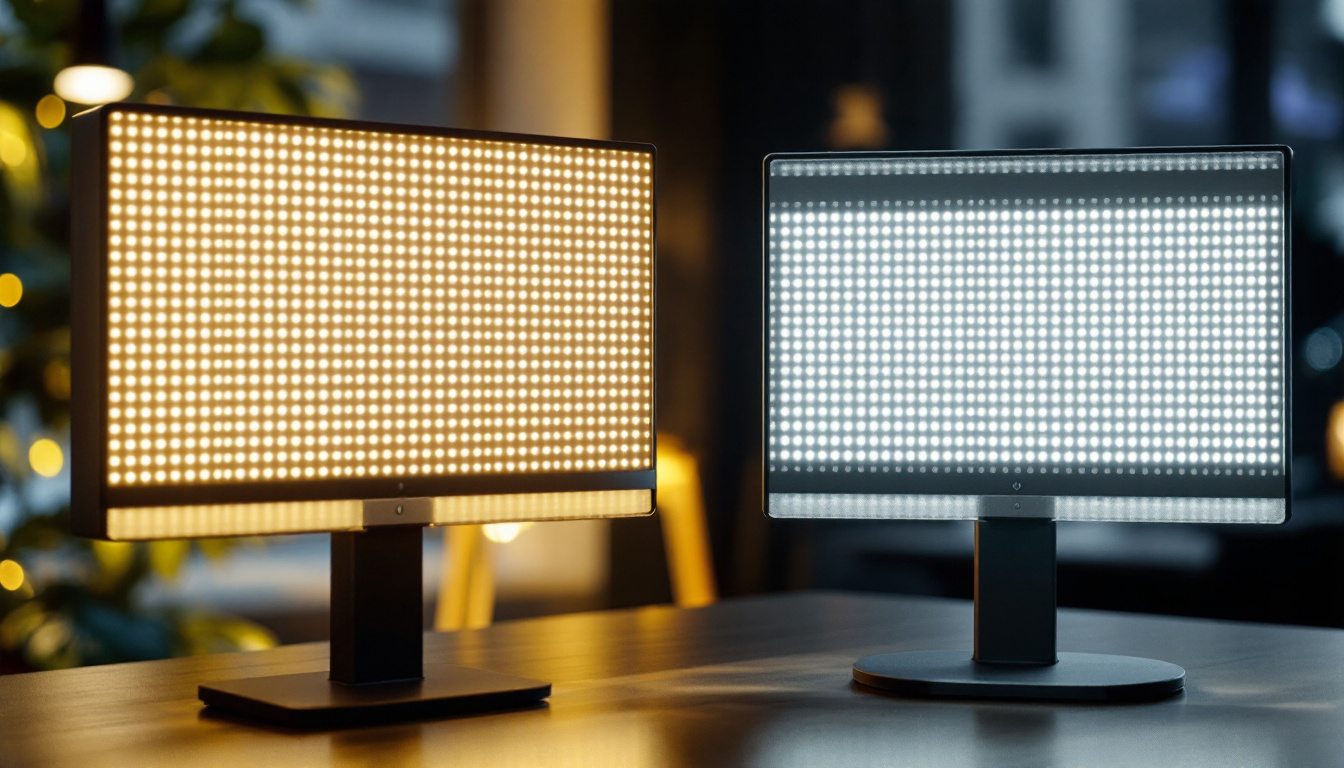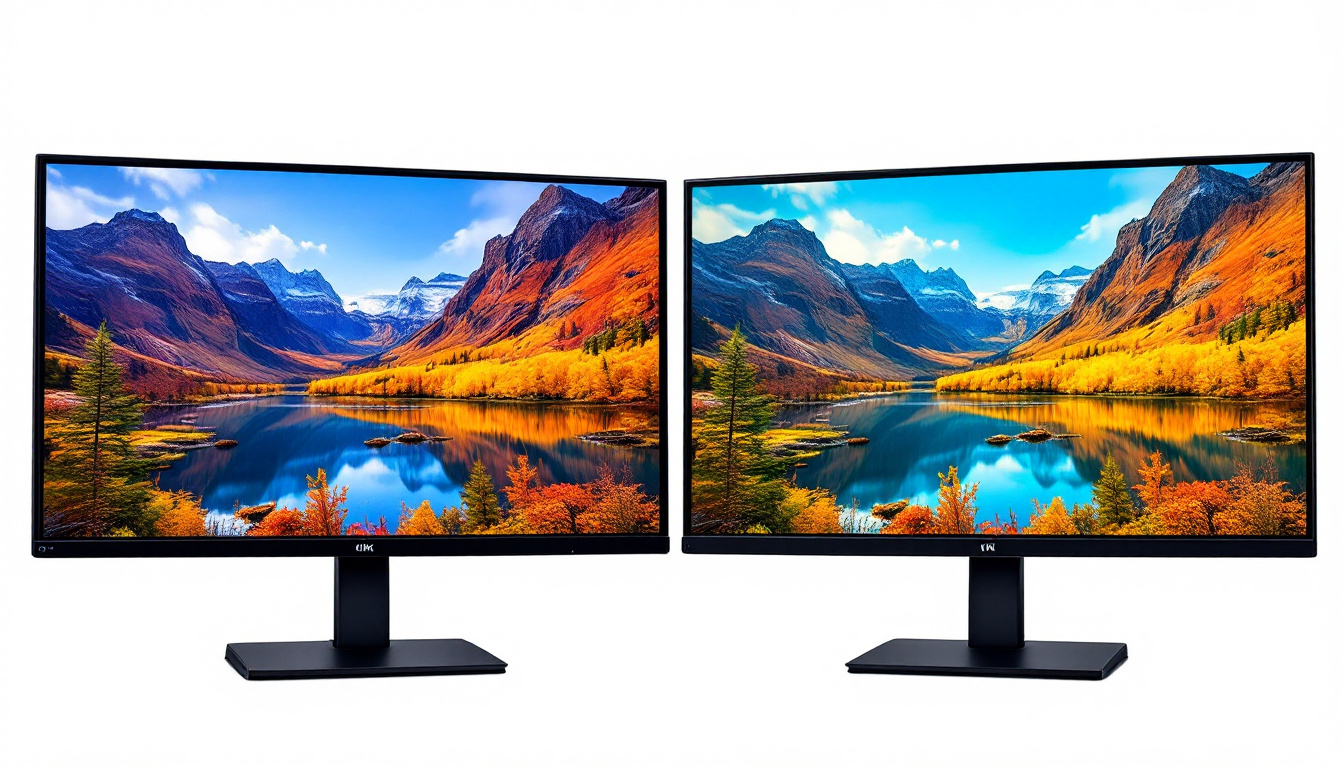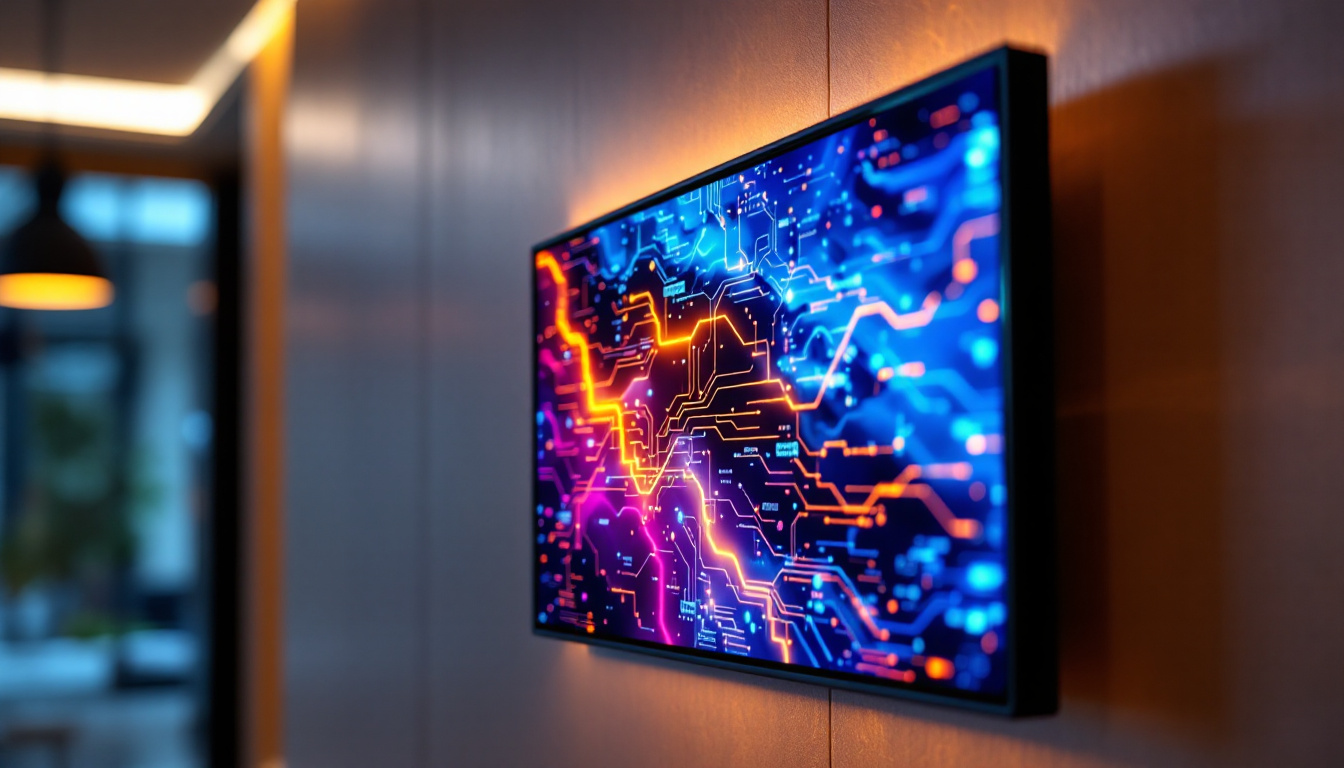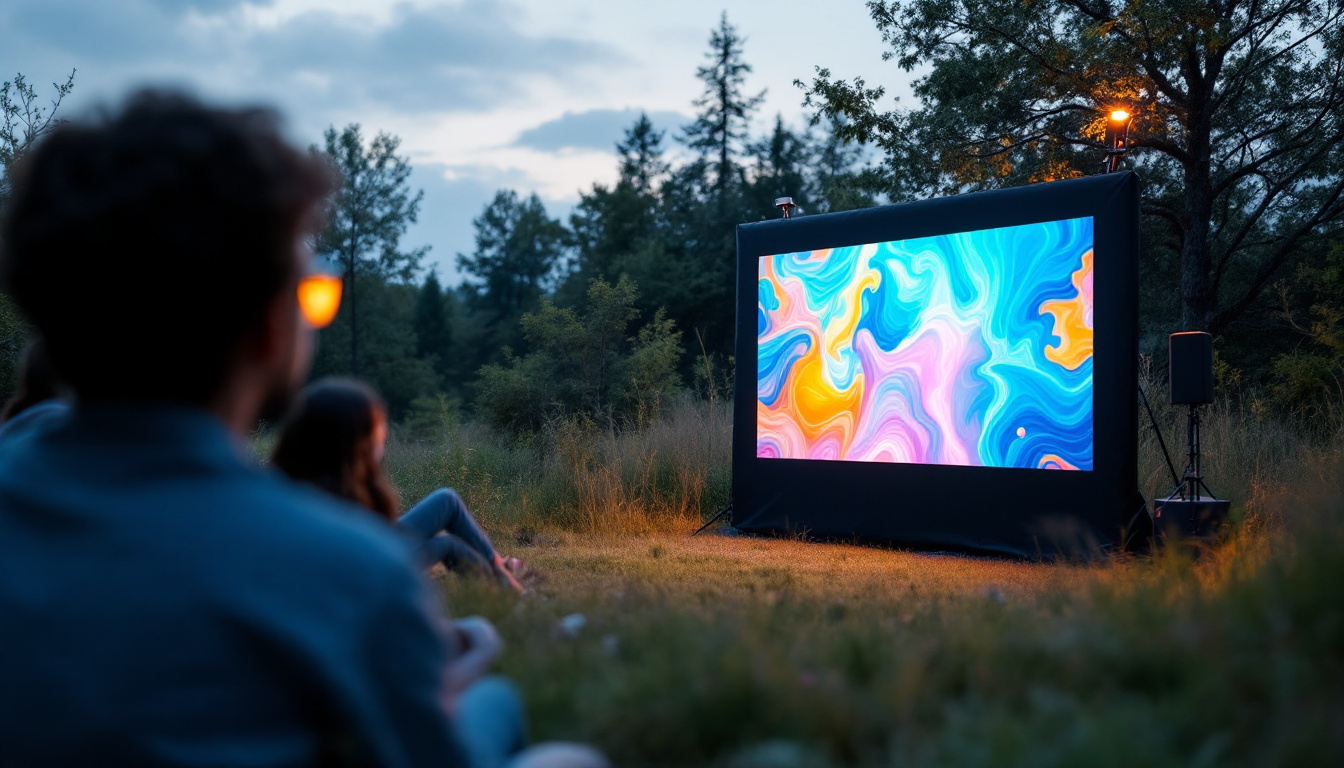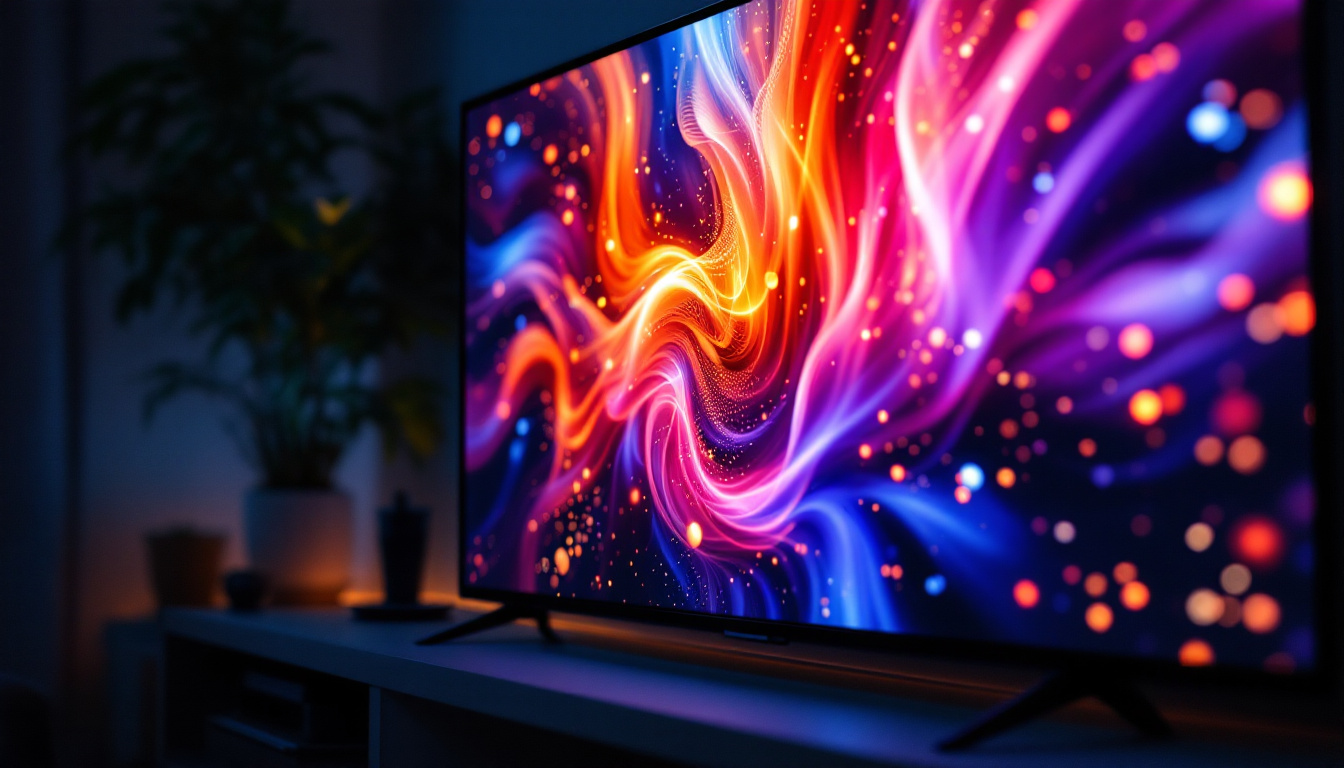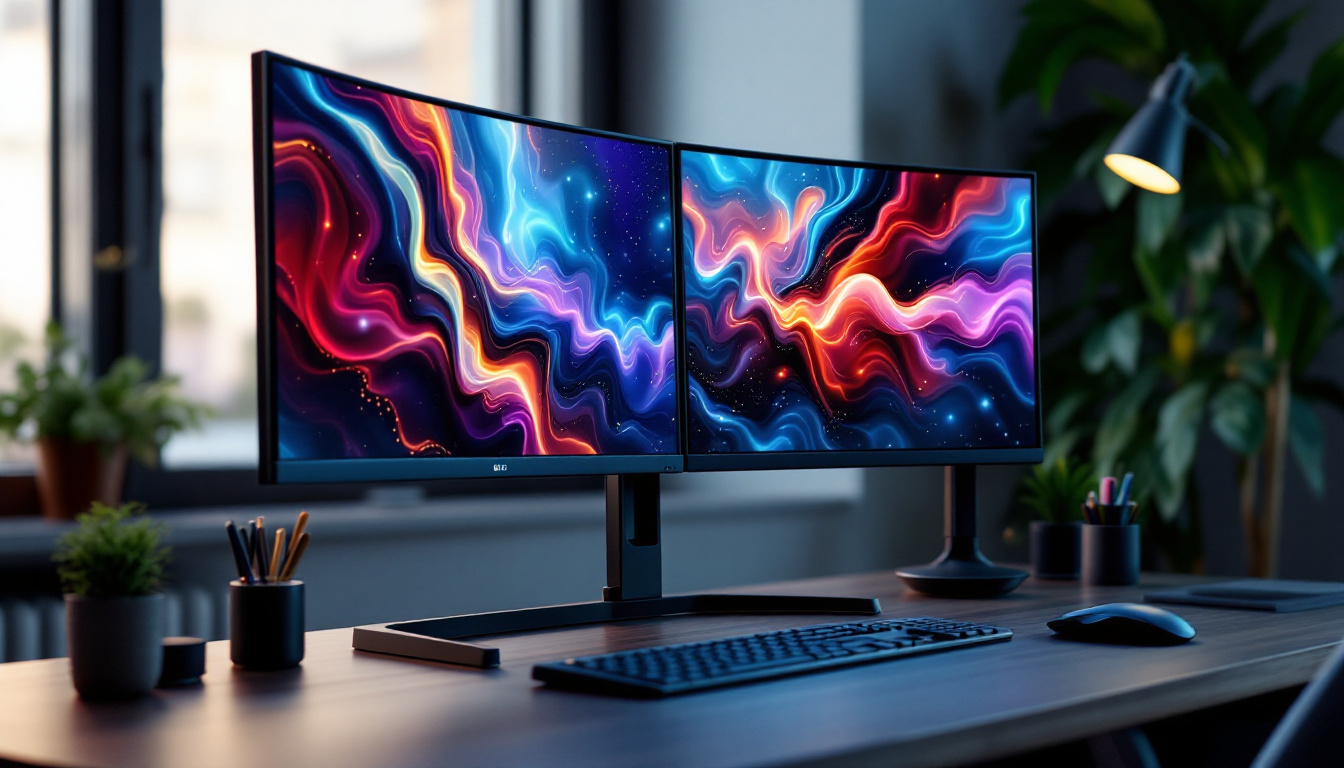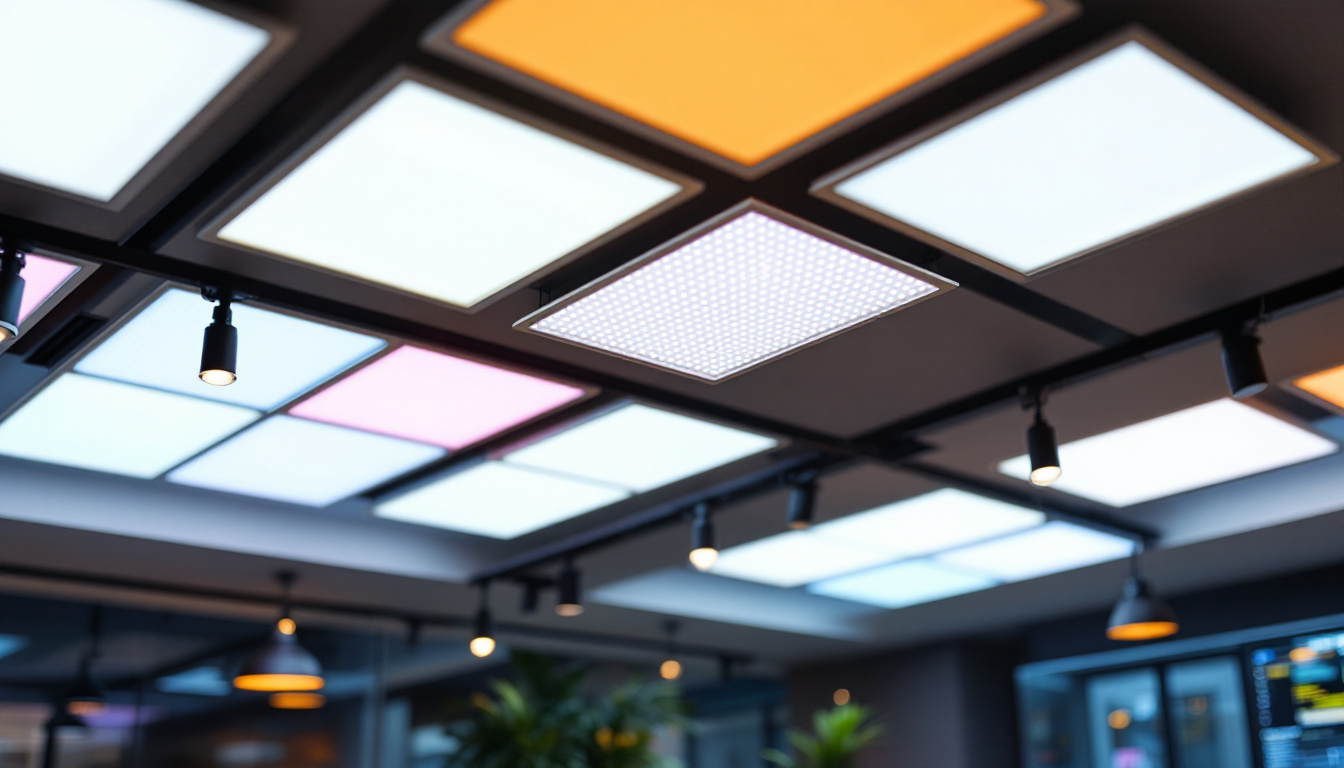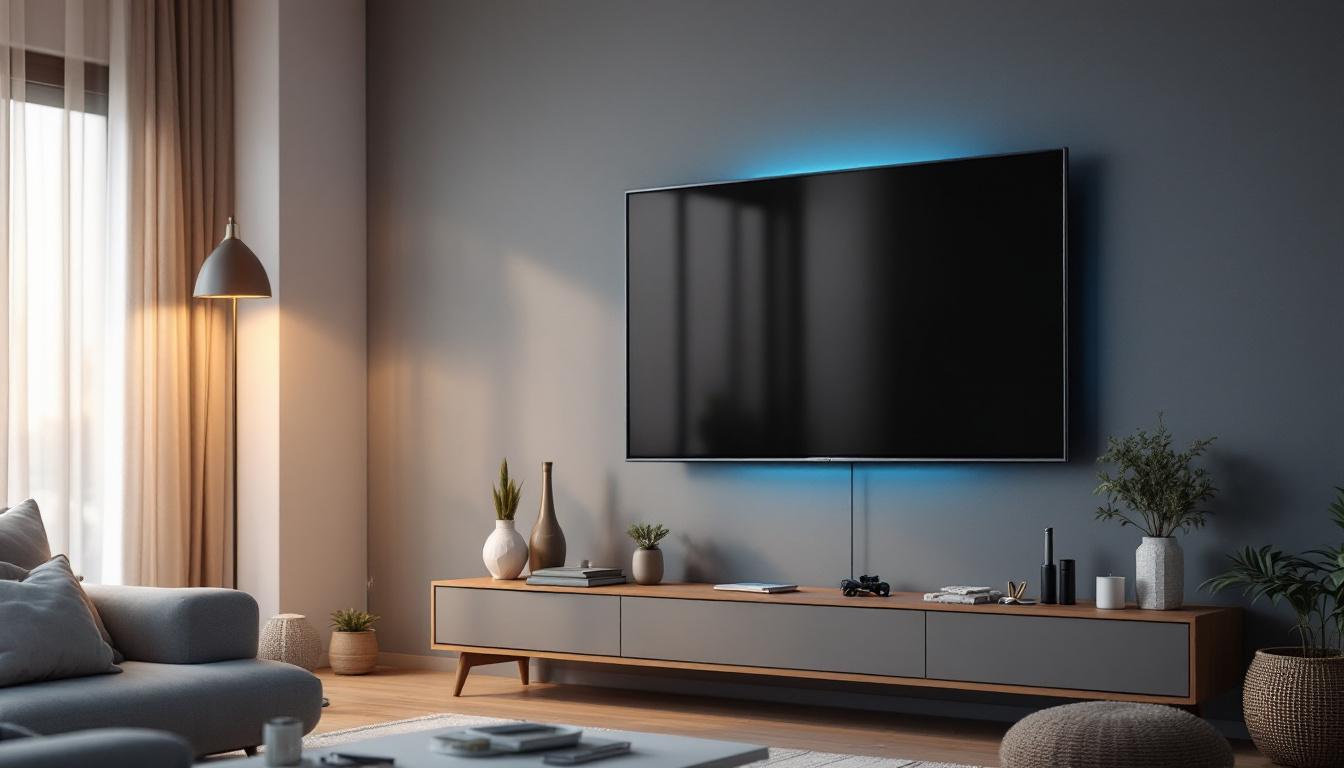In today’s digital age, televisions have become an integral part of our daily lives. With a plethora of options available, understanding the various dimensions and specifications of LED displays is crucial for making informed purchasing decisions. This article delves into the nuances of TV screen dimensions, providing a comprehensive guide to help consumers navigate through the complexities of LED displays.
Understanding TV Screen Dimensions
TV screen dimensions are not just about the size of the screen; they encompass various measurements that can significantly impact viewing experience. The most common way to measure a TV screen is by its diagonal size, but this is just the beginning. To truly understand what a TV screen offers, one must consider its width, height, and aspect ratio.
Diagonal Measurement
The diagonal measurement of a TV screen is the distance from one corner of the screen to the opposite corner. This measurement is typically expressed in inches and is the most widely recognized specification when purchasing a television. For example, a 55-inch TV has a diagonal measurement of 55 inches. However, this number alone does not provide a complete picture of the TV’s actual size and how it will fit in your space. It’s also important to note that the diagonal size does not account for the bezel—the frame around the screen—which can vary in thickness and affect the overall dimensions of the TV.
Width and Height
While the diagonal measurement is essential, the width and height of the screen are equally important. These dimensions help consumers understand how much wall space the TV will occupy and how it will fit with existing furniture. Width and height can vary significantly between models, even if they share the same diagonal measurement. For instance, a 55-inch TV may have a different width and height depending on the manufacturer and design. Additionally, the placement of the TV can influence the viewing experience; for instance, a wider TV may require a larger viewing distance to avoid discomfort, while a taller TV could obstruct sightlines in a room with low ceilings.
Aspect Ratio
The aspect ratio of a TV screen refers to the ratio of its width to its height. The most common aspect ratio for modern televisions is 16:9, which is ideal for widescreen content. Understanding aspect ratios is crucial, especially when watching movies or shows that may not be formatted for widescreen. A mismatch in aspect ratio can lead to distorted images or black bars on the sides of the screen. Moreover, some older films and television shows were produced in a 4:3 aspect ratio, which can result in a less than optimal viewing experience on a widescreen TV. As technology advances, some TVs offer features that can adjust the aspect ratio dynamically, allowing viewers to enjoy content in its intended format without compromising on quality.
Importance of Choosing the Right Dimensions
Choosing the right dimensions for a TV is essential for achieving an optimal viewing experience. The size of the room, the distance from the seating area to the screen, and the intended use of the TV all play a role in determining the best fit.
Room Size and Layout
The size of the room where the TV will be placed is a significant factor. A large screen in a small room can be overwhelming, while a small screen in a large room may not provide an immersive experience. It is essential to measure the available space and consider how the TV will fit within the overall layout. Additionally, factors like wall space, furniture arrangement, and viewing angles should be taken into account to ensure a comfortable viewing experience.
Viewing Distance
The distance from the seating area to the TV screen is another critical factor. A general rule of thumb is to sit at a distance of 1.5 to 2.5 times the diagonal size of the screen for optimal viewing. For instance, if you have a 55-inch TV, the ideal viewing distance would be between approximately 6.5 to 11.5 feet. This distance helps prevent eye strain and ensures that viewers can appreciate the picture quality without feeling overwhelmed by the size of the screen.
Intended Use
Understanding how the TV will be used can also influence the choice of dimensions. For example, if the primary use is for gaming or watching movies, a larger screen may be more appropriate. Conversely, if the TV is mainly for casual viewing or background entertainment, a smaller screen may suffice. Considering the intended use can help narrow down the options and lead to a more satisfying purchase.
Calculating TV Dimensions: A Practical Guide
To assist consumers in selecting the right TV dimensions, a TV screen dimensions calculator can be a valuable tool. This calculator can help determine the width, height, and area of the screen based on the diagonal measurement and aspect ratio.
Using the Calculator
To use a TV screen dimensions calculator, start by inputting the diagonal size of the TV in inches. Next, select the aspect ratio, typically 16:9 for most modern TVs. The calculator will then provide the width and height of the screen, allowing consumers to visualize how the TV will fit in their space.
Understanding the Output
The output from the calculator will typically include the width, height, and area of the screen. Knowing these dimensions can help consumers make better decisions regarding wall mounts, stands, and overall placement. Additionally, understanding the area can provide insight into how much space the TV will occupy and how it will interact with other elements in the room.
Example Calculation
For instance, if a consumer is considering a 65-inch TV with a 16:9 aspect ratio, the calculator will indicate that the width is approximately 56.7 inches and the height is around 32.0 inches. This information can help the consumer visualize the TV’s size in relation to their available space, ensuring a more informed decision.
LED Display Technology: An Overview
LED displays have gained immense popularity due to their superior picture quality, energy efficiency, and slim design. Understanding the technology behind LED displays can enhance the viewing experience and inform purchasing decisions.
What is LED Technology?
LED, or Light Emitting Diode, technology utilizes small light-emitting diodes to produce images on the screen. Unlike traditional LCDs that use fluorescent backlighting, LED displays use these diodes to create brighter and more vibrant images. This technology allows for deeper blacks, more accurate colors, and improved contrast ratios, resulting in a superior viewing experience.
Types of LED Displays
There are primarily two types of LED displays: edge-lit and backlit. Edge-lit LED displays have LEDs placed around the edges of the screen, allowing for a thinner design. However, they may not provide the same level of brightness and contrast as backlit displays, which have LEDs placed directly behind the screen. Backlit displays tend to offer better picture quality, especially in darker scenes.
Benefits of LED Displays
The benefits of LED displays extend beyond just picture quality. They are generally more energy-efficient than traditional displays, leading to lower electricity bills. Additionally, LED screens have a longer lifespan, making them a more sustainable choice for consumers. Their slim design also allows for more versatile installation options, whether wall-mounted or placed on a stand.
Common Misconceptions About TV Dimensions
Despite the wealth of information available, several misconceptions about TV dimensions persist. Addressing these myths can help consumers make more informed choices when purchasing a television.
Myth 1: Bigger is Always Better
One of the most common misconceptions is that a larger screen is always better. While larger screens can provide a more immersive experience, they may not be suitable for every room. It’s essential to consider the size of the space and the viewing distance to ensure that the TV is the right fit for the environment.
Myth 2: All TVs with the Same Diagonal Size are the Same
Another misconception is that all TVs with the same diagonal size will have the same width and height. In reality, different manufacturers may design their TVs with varying bezels and aspect ratios, leading to differences in overall dimensions. Always check the width and height specifications before making a purchase.
Myth 3: Aspect Ratio Doesn’t Matter
Some consumers may believe that aspect ratio is not a significant factor when choosing a TV. However, aspect ratio plays a crucial role in how content is displayed. Watching widescreen movies on a TV with a different aspect ratio can result in letterboxing or stretching, detracting from the viewing experience. Understanding aspect ratios can help consumers choose a TV that best suits their viewing preferences.
Final Thoughts
In conclusion, understanding TV screen dimensions and the technology behind LED displays is essential for making informed purchasing decisions. By considering factors such as room size, viewing distance, and intended use, consumers can select a TV that enhances their viewing experience. Utilizing a TV screen dimensions calculator can further assist in visualizing how a TV will fit in a given space.
As technology continues to evolve, LED displays remain a popular choice for their superior picture quality and energy efficiency. By dispelling common misconceptions and understanding the nuances of TV dimensions, consumers can confidently navigate the market and find the perfect television for their needs.
With the right knowledge and tools, selecting the ideal TV screen dimensions can transform the way viewers enjoy their favorite shows and movies, ensuring a captivating and immersive experience.
Discover the Future of Visual Experience with LumenMatrix
Ready to elevate your visual entertainment with cutting-edge LED display technology? LumenMatrix is at the forefront of innovation, offering a wide range of LED display solutions that cater to your every need. Whether you’re looking for an Indoor LED Wall Display for your home theater, an Outdoor LED Wall Display for commercial advertising, or any of our specialized displays like Vehicle LED, Sports, or Floor LED Displays, we have you covered. Embrace the future of visual communication and create unforgettable experiences with our Custom, All-in-One, and Transparent LED Displays. Check out LumenMatrix LED Display Solutions today and transform your space with vibrant, energy-efficient, and dynamic visuals.

